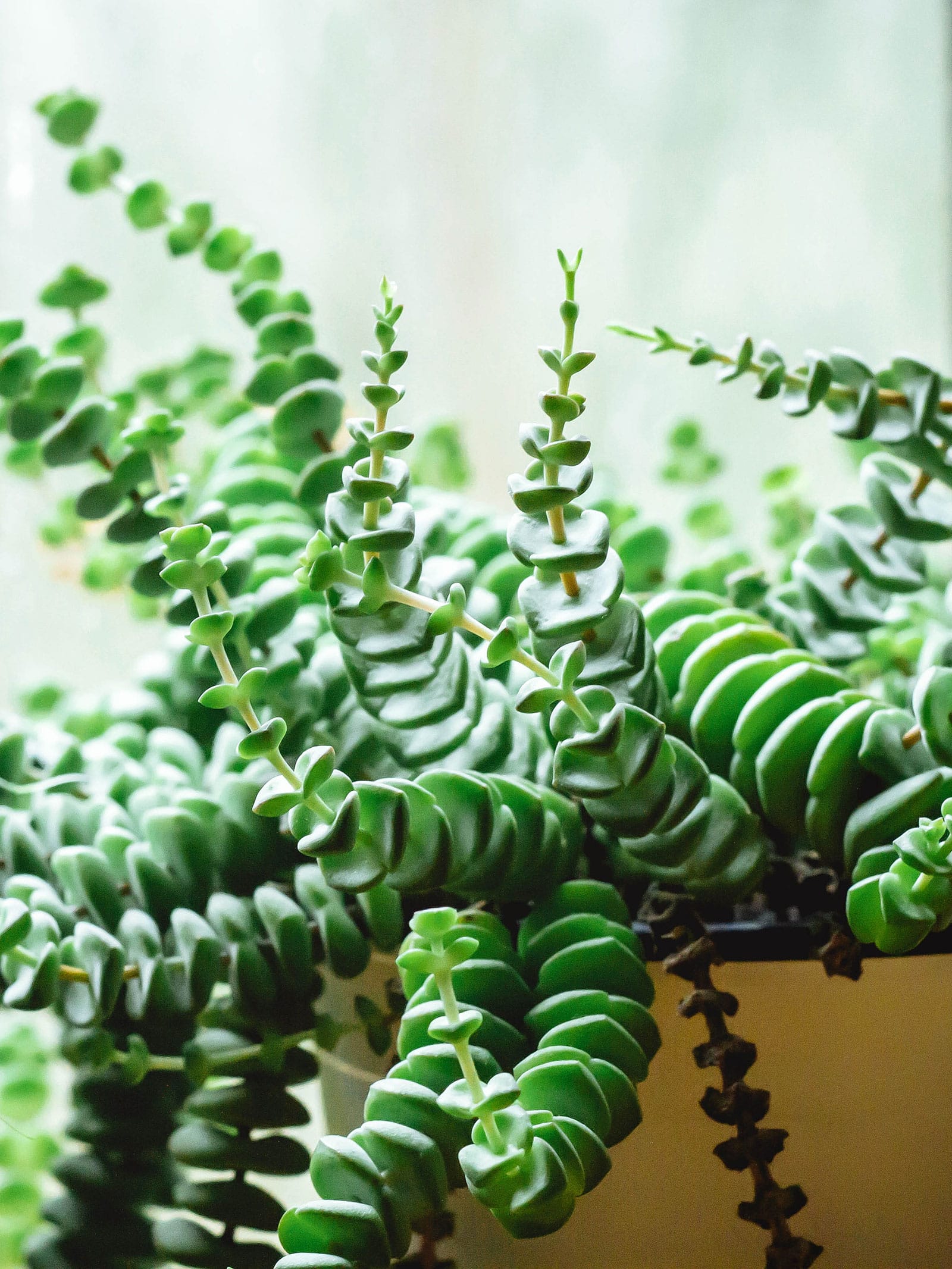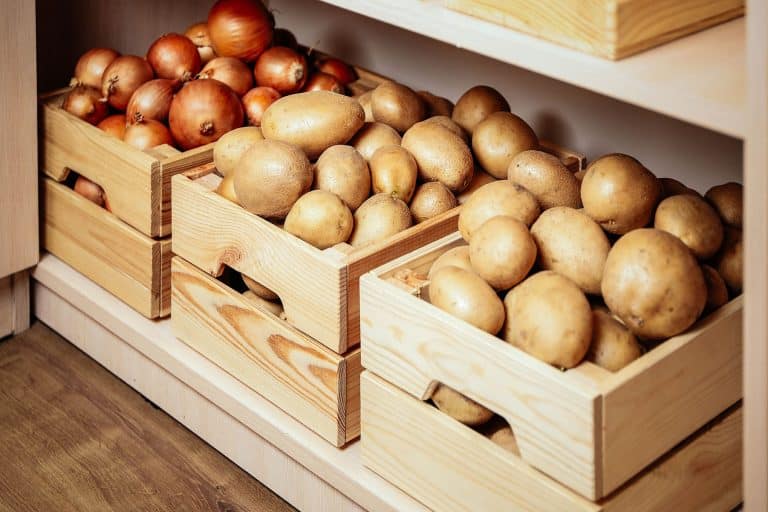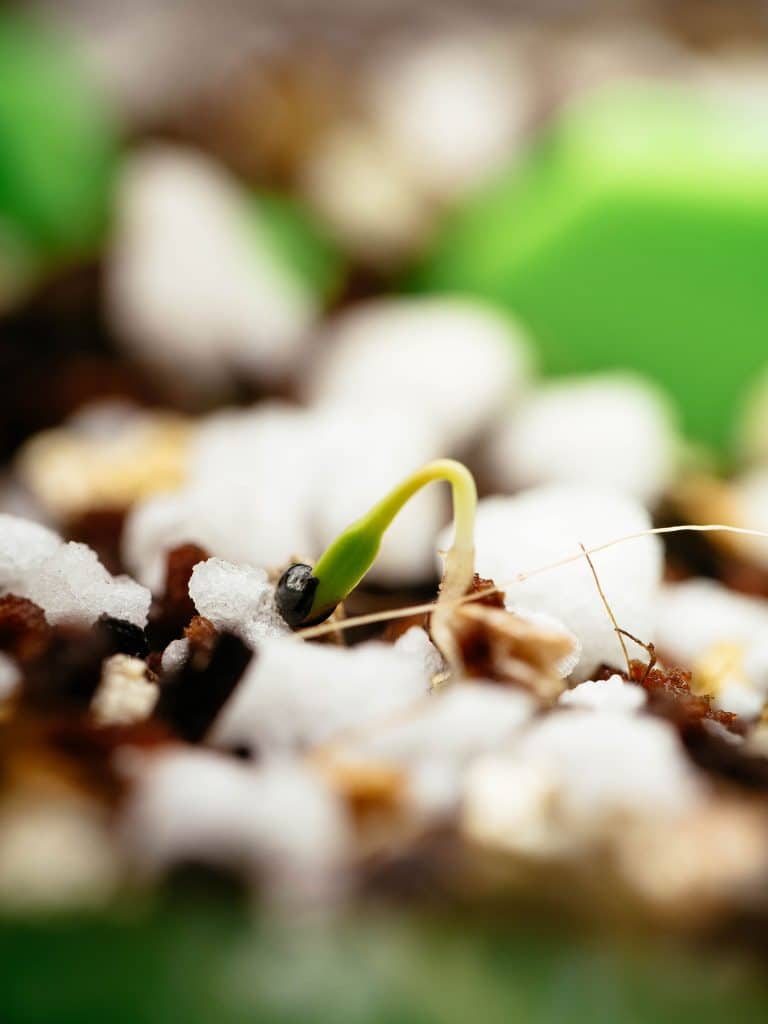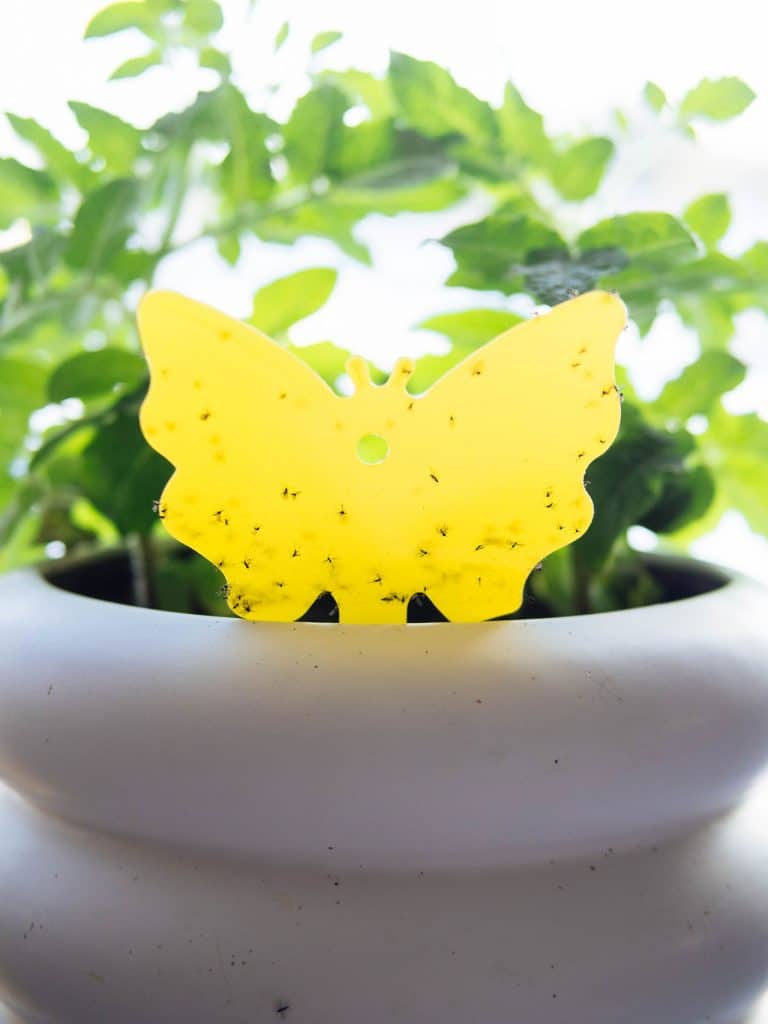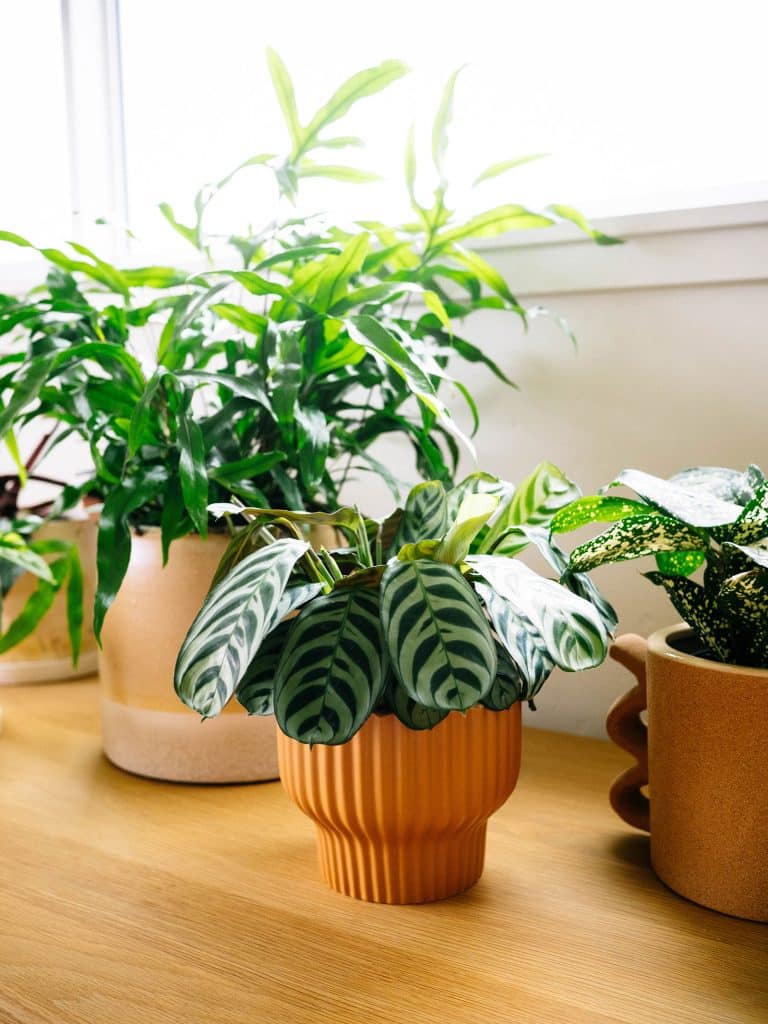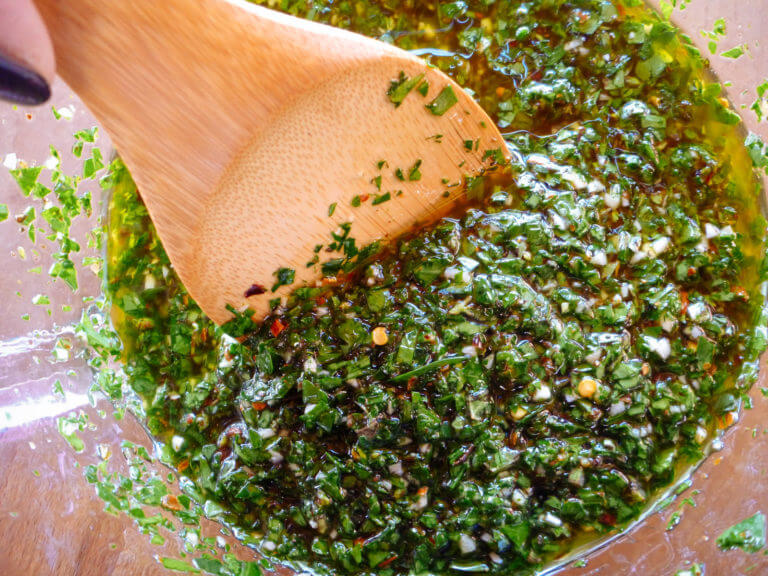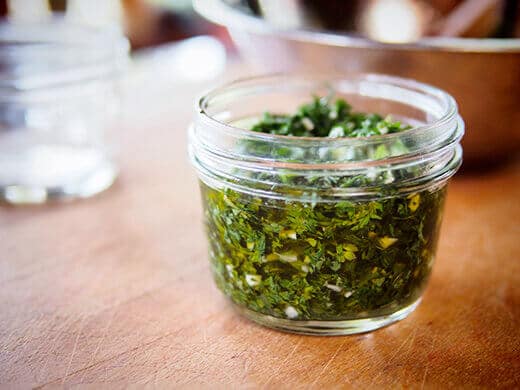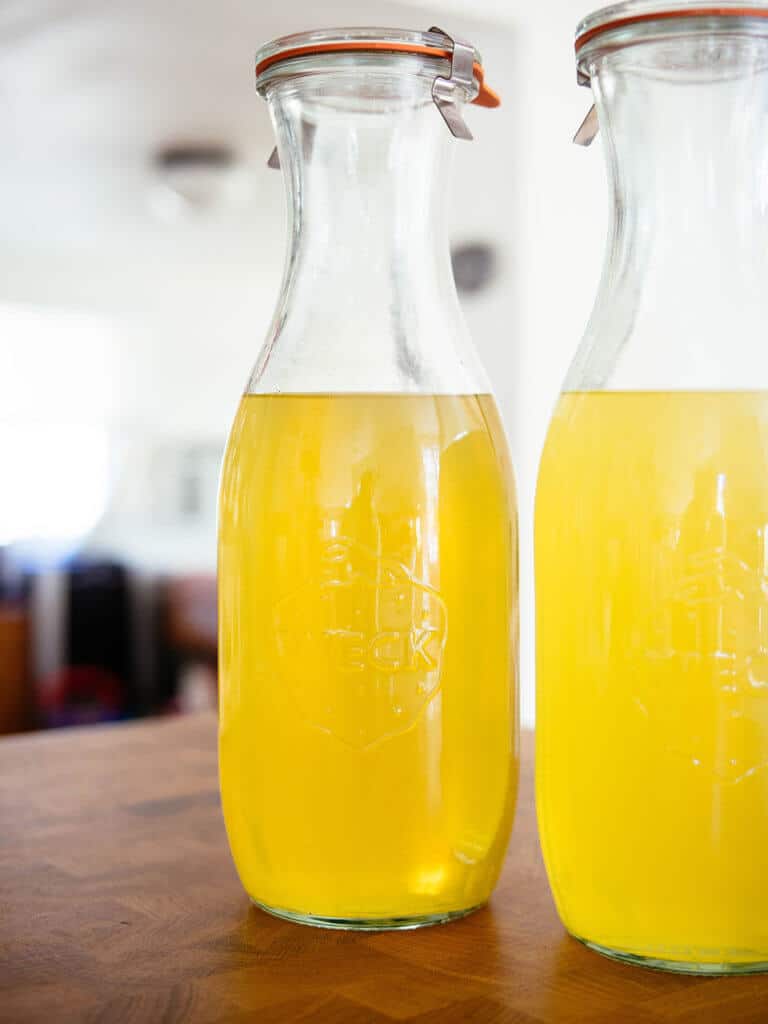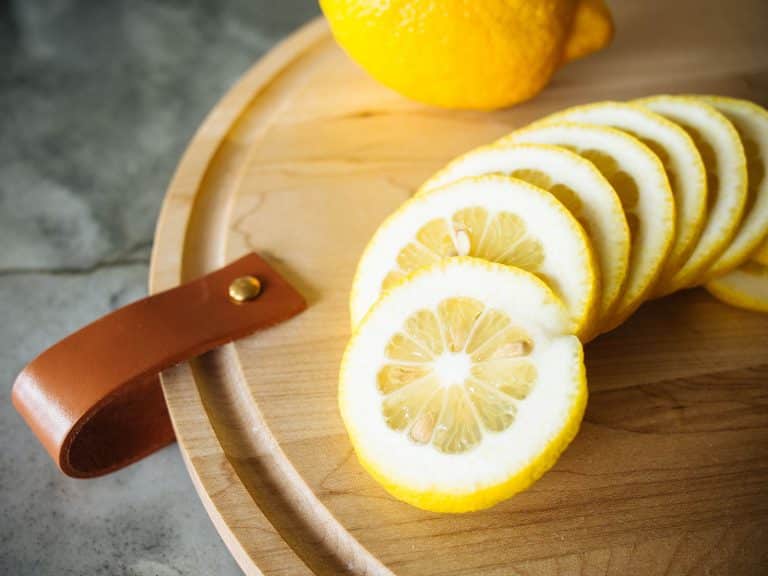Looking for a nice succulent to add to your houseplant collection? The genus Crassula, one of the largest of its kind, has plenty to offer. Today, let me introduce you to one of my personal favorites: Crassula perforata, also known as the string of buttons. This South African succulent is easy to care for and can even bloom indoors.
| Common name(s) | String of buttons |
| Scientific name | Crassula perforata |
| Family | Crassulaceae |
| Height and spread | Up to 12 inches high and 2 feet wide |
| Light | Full sun |
| Soil type | Well-draining |
| Water | When soil is dry |
Disclosure: If you shop from my article or make a purchase through one of my links, I may receive commissions on some of the products I recommend.
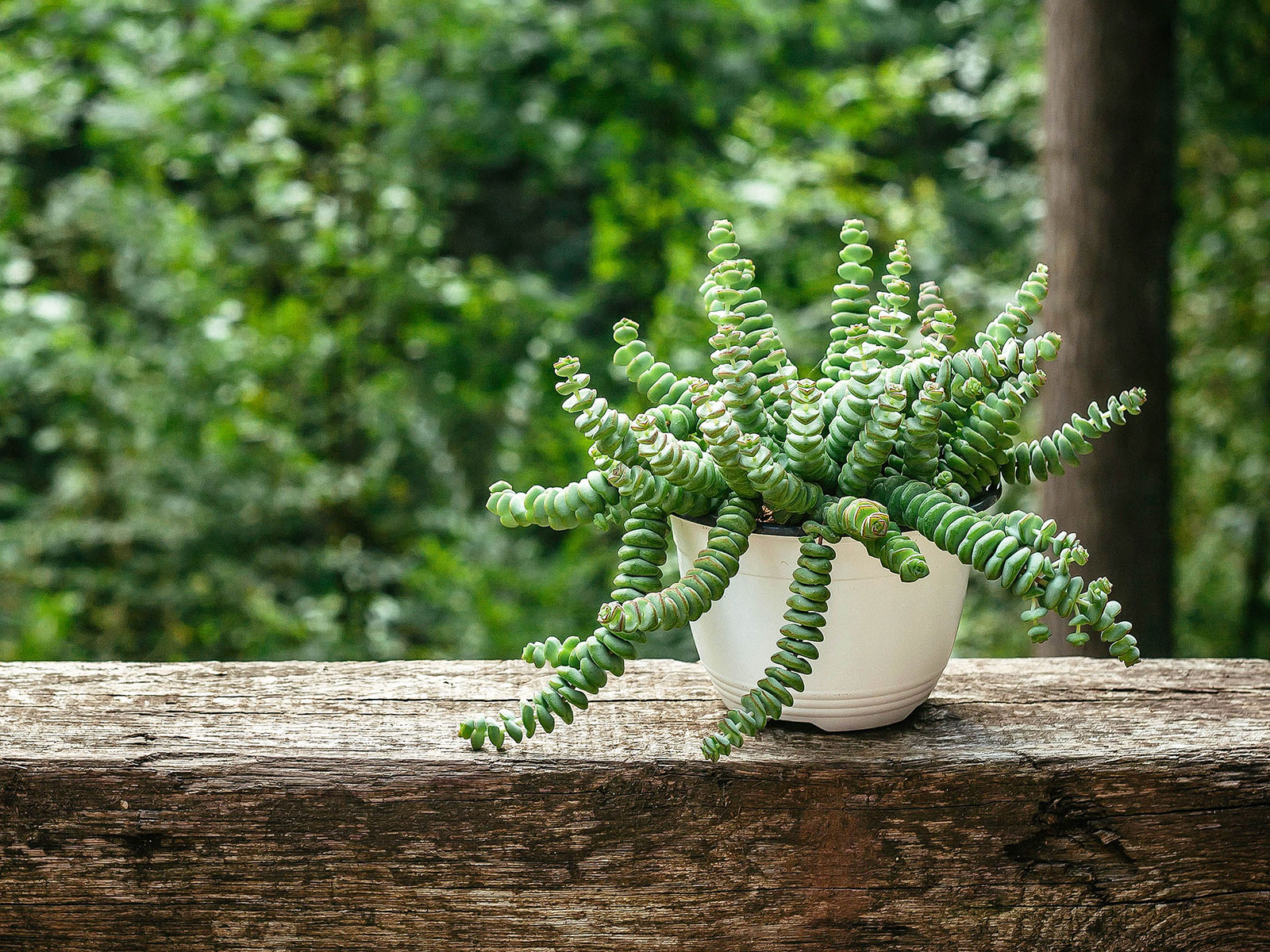
About Crassula perforata
Description
It’s not difficult to see why Crassula perforata is one of the most popular succulents to grow as houseplants, even if you ignore its easy care. It’s quite the looker, with upright stems and “stacked” (hence the name “string of buttons”) triangular leaves. As they age, these stems—like other “string of” plants, including one of my favorites, string of turtles—can begin to hang downward and point in different directions.
The species has a sprawling growth pattern. The color of its geometric-looking leaves can vary from light green to almost grayish, and the foliage can take on a reddish tinge at the edges when exposed to plenty of sun.
This succulent blooms pretty easily. It produces elongated inflorescences at the ends of its stems, which are dotted with small cream-colored flowers. Nothing too special, but still nice to see!
Natural habitat
Like many of our favorite succulent species, the string of buttons hails from South Africa. Here, it can be found in regions where other plants struggle to survive, mainly rocky hillsides dotted with low shrubs.
Crassula perforata does so well in these inhospitable areas because the species is perfectly adapted to deal with drought, bright sun, and poor soil. Its fleshy leaves can store water, while its low and bushy growth pattern with plenty of offshoots allows the plant to spread quickly and avoid being overwhelmed by other species.
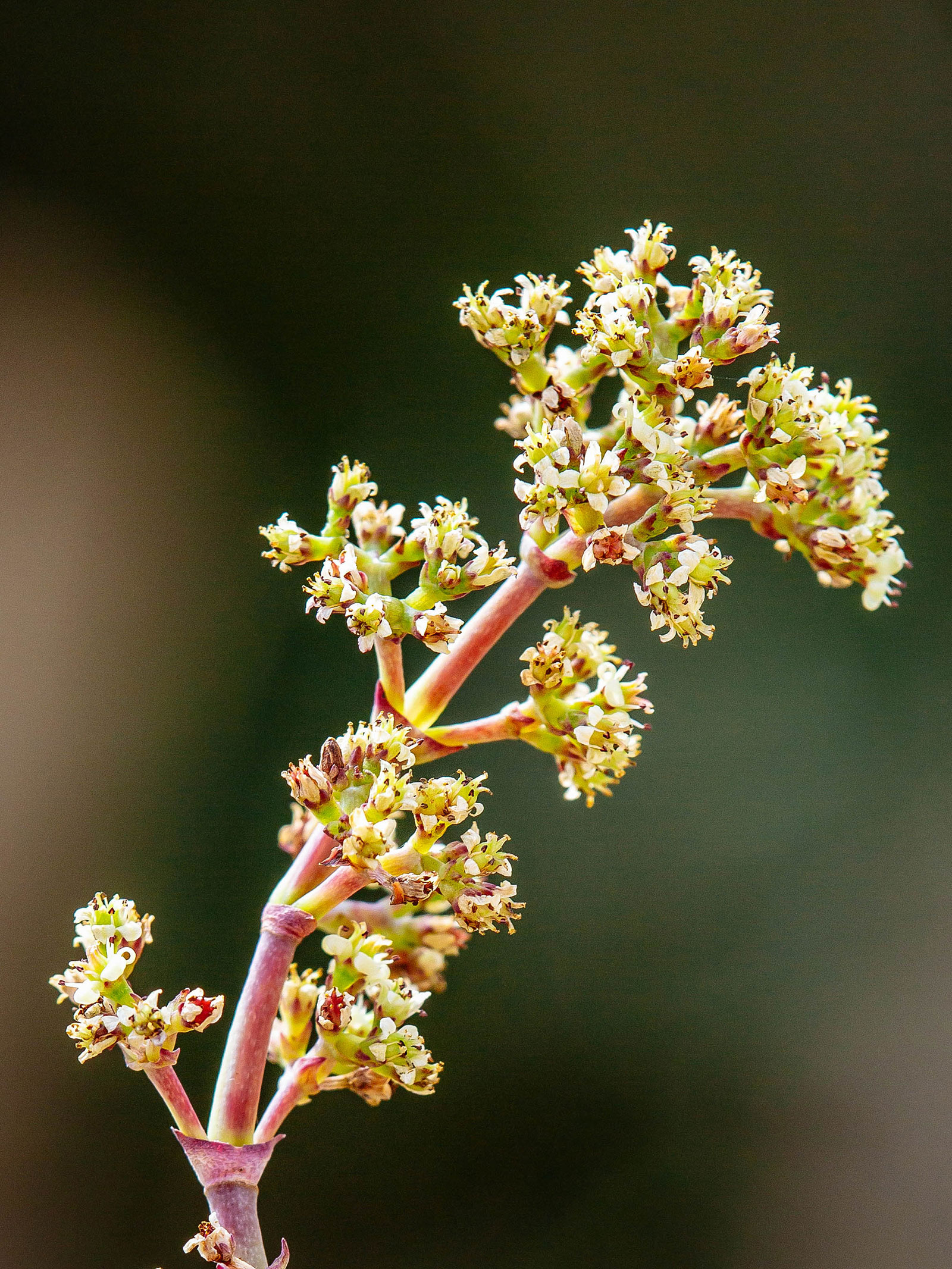
Crassula perforata varieties
Here’s where things get a little confusing! There are multiple species in the genus Crassula that look very similar to C. perforata, and it seems things have gotten somewhat jumbled.
The main culprit is a plant called Crassula conjuncta. I sometimes see plants for sale under the names Crassula perforata ‘Giant Form’ and Crassula perforata ‘Ivory Towers’, but I’m quite sure both of these are actually usually mislabeled conjunctas!
A different species called Crassula rupestris is also a pretty convincing doppelgänger. Luckily, care for all of these is more or less identical to that of the real string of buttons. So no worries if you accidentally acquire a different one!
So are there even any real Crassula perforata varieties aside from the regular form? Yes, though not many. First off, the string of buttons plant has two recognized subspecies.
These are Crassula perforata ssp. perforata and Crassula perforata ssp. kougaensis. The former is the one you’ll typically find for sale. The latter can be told apart by its denser, more colorful foliage.
Then, as with most houseplants, there’s a variegated string of buttons. Its leaves are green and cream and color, sometimes mixed with pink.
Where to buy
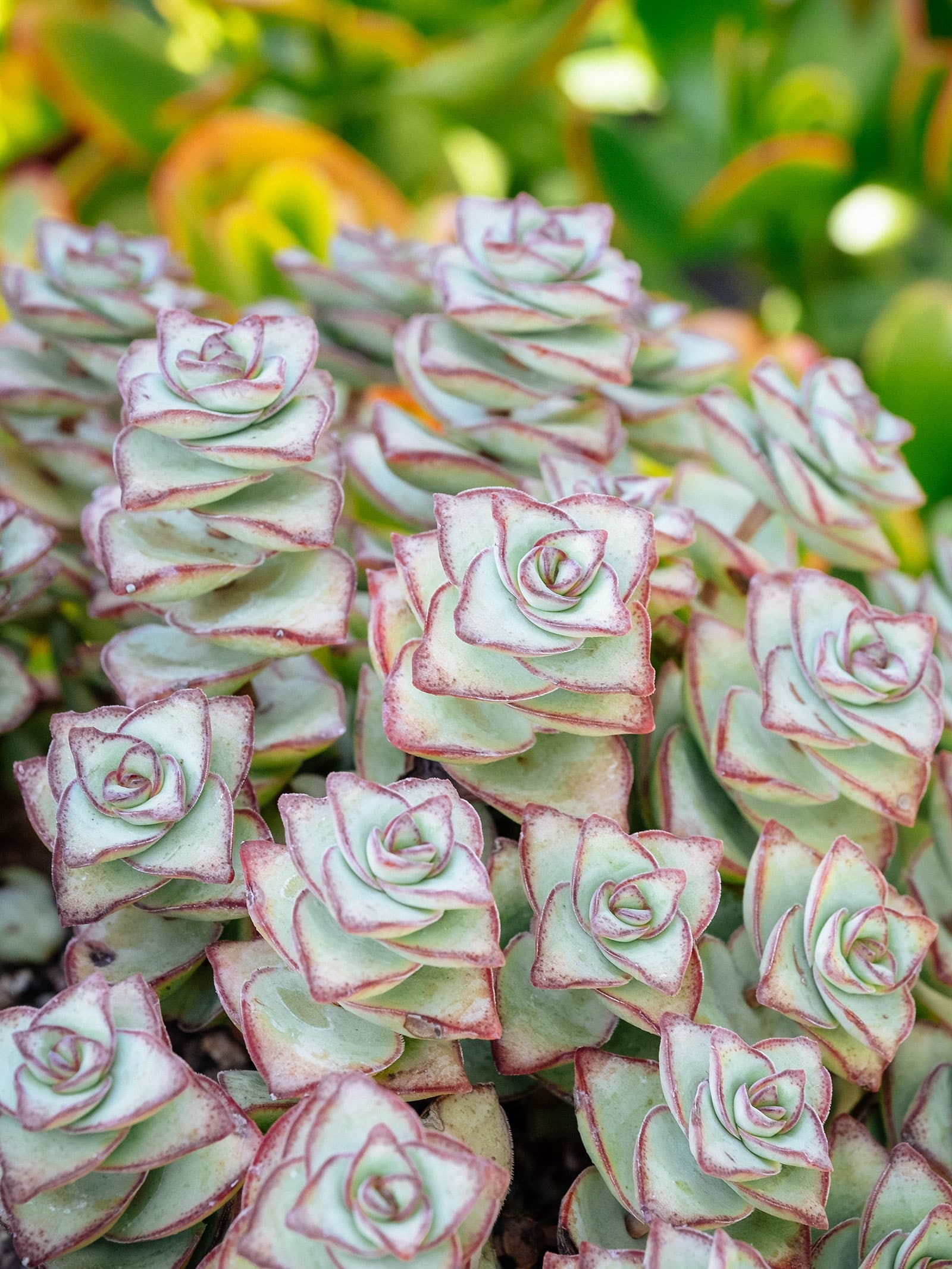
Caring for Crassula perforata
Light and temperature
Given the characteristics of its natural habitat, it’s not surprising that Crassula perforata doesn’t mind a little sun. Tall trees are rare in these arid regions, and as a result, so is shade.
If you’d like to grow a Crassula indoors, it’s crucial to provide your plant with as much light as possible. It won’t drop dead within days if you place it in an overly dark spot, but you’ll notice the stems and leaves beginning to stretch over time. Eventually, this leads to a spindly and sad look.
So, find your string of buttons a good bright spot, like right in front of your sunniest window. This is particularly important during the growing season (spring to early autumn in most areas), when our houseplants need plenty of light to produce new growth.
You could consider growing your Crassula perforata outdoors during summer. As I’ve mentioned, the stronger outdoor sun can cause your plant to develop stress coloring in the form of pink leaf edges. This is harmless but looks very nice. Don’t forget to acclimate it to the brighter conditions over the course of a few weeks though.
As for temperature, the South African hills are sunny but not always warm, and the string of buttons withstands cold better than a lot of our favorite tropical houseplants. If the soil is kept dry, even light frost won’t be an issue, although I recommend bringing your plant back indoors when night temps drop to around 50°F. Otherwise, the chill might cause it to temporarily stop growing.
As for temperature highs, things will get uncomfortable for you way before they do for your Crassula. Up to 100°F shouldn’t be a problem.
Soil and planting
One of the most important things to keep in mind when growing most succulents is that they really don’t like excess moisture. They naturally grow in habitats that stay dry most of the time but can occasionally receive large amounts of water in the form of a rainstorm.
Although succulents are able to absorb a lot of water very quickly, their roots can begin to rot if the soil doesn’t dry out again quickly enough afterward.
In our homes, it’s important to use a soil mixture that allows excess water to drain quickly. In my experience, many commercial mixtures marketed as suitable for cacti and succulents actually still retain too much water. If you’d like to use pre-mixed soil, a gritty bonsai medium may be a better choice.
In any case, my tip is to just mix your own. You can easily combine 50 percent high-quality houseplant potting soil with 50 percent perlite to create an airy mixture that works well for a range of succulents, including Crassula perforata.
In terms of potting, drainage is your priority here as well. You can use any type of planter, but it should always have a drainage hole in the bottom to prevent standing water from causing root rot.
Because the string of buttons sports straight stems, I like to grow mine in mixed planters with rosette-type succulents or creeping species. A hanging plant, like the string of pearls (Curio rowleyanus) works well as a nice finishing touch.
Recommended
Potting supplies
Water and humidity
Although succulents like Crassula perforata are reasonably resistant to drought, it’s important to remember that they do need regular watering in order to grow properly. Too little is usually better than too much with these plants, but still!
I can’t tell you exactly how often you should water, as this depends on factors like light and temperature. Here are a few handy guidelines:
- You can water a succulent once its soil has gone completely dry. Stick a finger in the planter to gauge the moisture level if you’re not sure.
- If you’re growing your Crassula outdoors during summer, it will likely need water at least twice a week. Indoors, it’ll probably want a drink roughly once a week.
- During winter, our houseplants slow down a lot, so you may only have to water once a month.
If your string of buttons’ bottom leaves start to look shriveled and dry, you’ve probably waited too long to water. If the leaves look yellowish and detach from the stems at the slightest touch, on the other hand, the issue is likely excess moisture.
In the latter case, you should remove your plant from its pot and check the roots, because any parts that have begun to rot need to be removed immediately to save it.
Fertilizing
Succulents like these naturally grow in relatively poor soil and haven’t evolved to need a lot of nutrients to thrive. Still, a little extra push is never a bad thing, so you can give yours some liquid houseplant food at the start of the growing season. Follow the instructions on the bottle.
Don’t use fertilizer during the winter months or if your Crassula perforata isn’t doing well. The plant won’t be able to use the extra nutrients, and they can actually end up damaging the roots.
Recommended
Fertilizers
Pruning
Succulents like the string of buttons don’t need pruning like some garden shrubs do. However, you can perform regular maintenance by removing any dead leaves and stems.
If your Crassula is growing a little unruly, you can snip off any stems whose look you don’t like—have a look at the section on propagation below to find out how to turn them into brand new plants.
Dividing or repotting
This plant produces offshoots prolifically, which means that when it outgrows its current planter, you can choose whether you’d like to repot it as a whole or divide it into multiple.
It’s a matter of taste, really! I prefer keeping everything together because I love the look of a big, unruly shrub. Whatever look you like, you can refresh your string of buttons’ soil every other year or so, upgrading it to a bigger planter or dividing it up in the process.
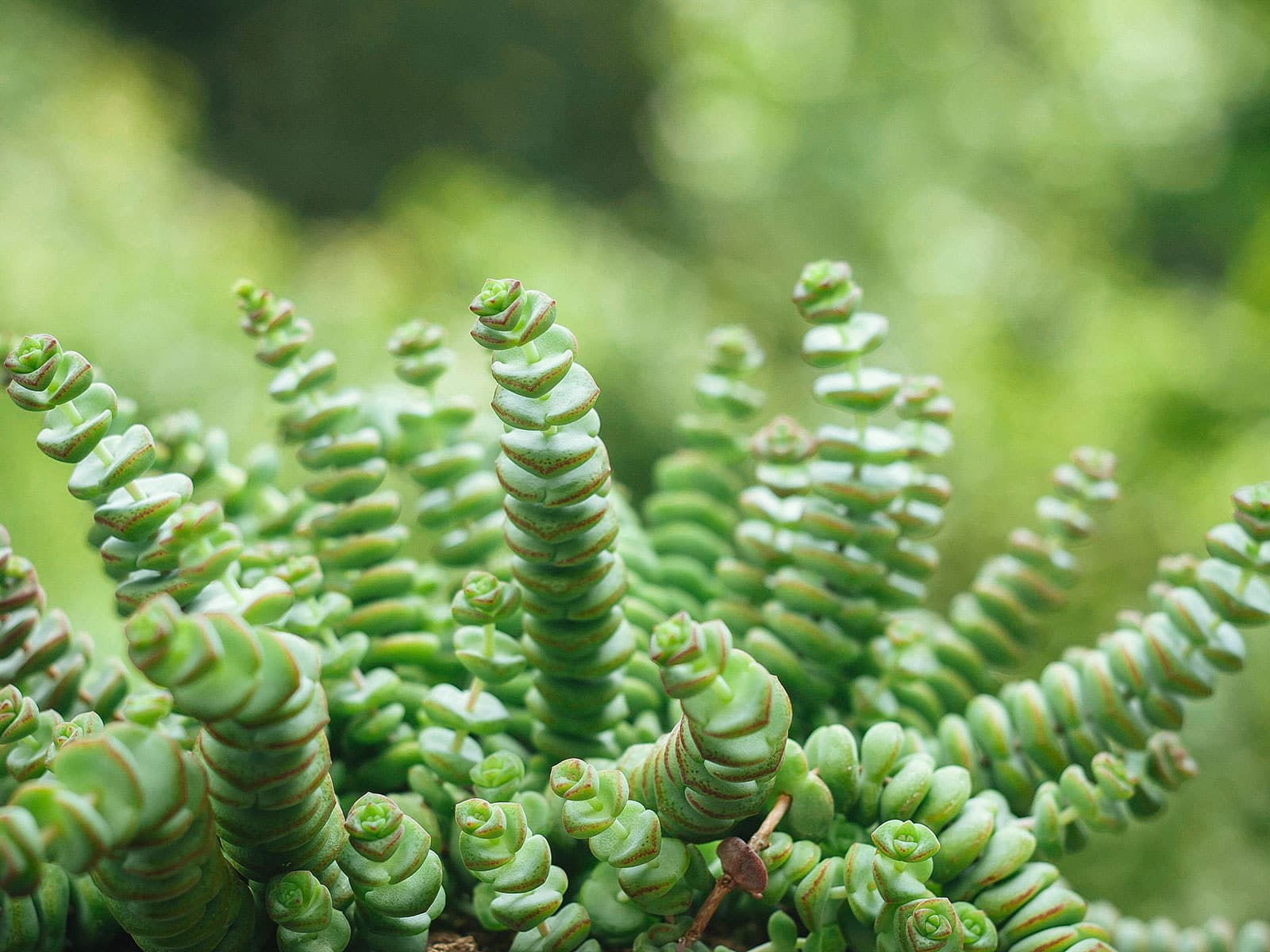
Propagating Crassula perforata
One of the best things about the string of buttons is that it’s very easy to propagate. If you’d like to expand your houseplant collection or want to obtain a few plants to give away, taking a stem cutting is a breeze. You just have to “behead” one of the stems using some clean scissors.
Leave the cutting to dry and callus over for a day or two and then prepare a planter with normal succulent soil. Stick the cutting into the soil in such a way that it won’t fall over, place the pot in a sunny spot, and water regularly. Your new Crassula perforata plant should root within a few weeks.
Propagating in water is also an option, but because succulents root so readily in soil, most houseplant enthusiasts don’t bother with it.
Oh, and by the way, no worries about the beheaded mother plant. It’ll grow back just fine, usually producing multiple new “heads”.
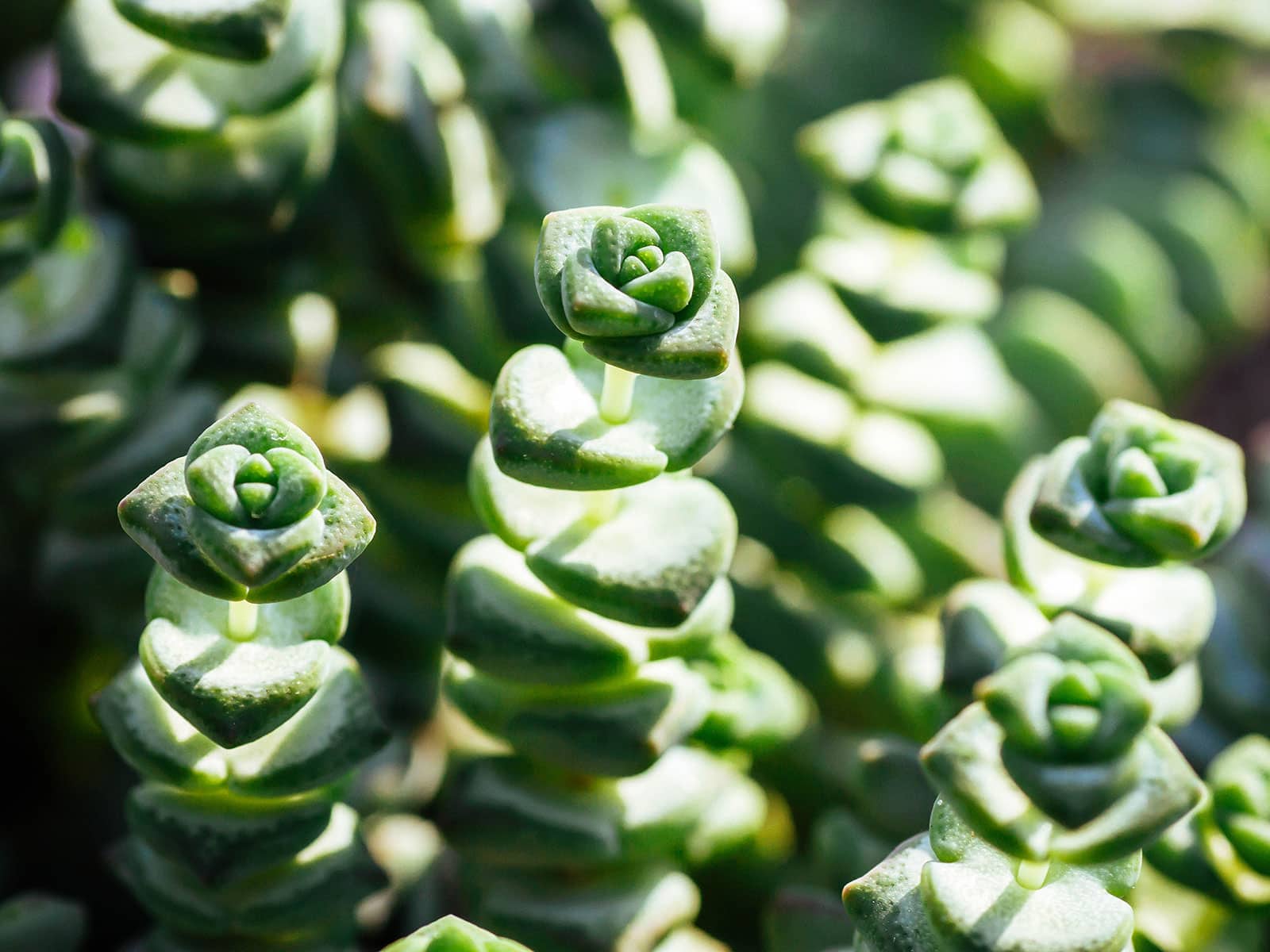
Is Crassula perforata toxic to cats and dogs?
No, Crassula perforata is not considered toxic to pets or humans.
Source
- https://powo.science.kew.org/taxon/urn:lsid:ipni.org:names:273378-1


